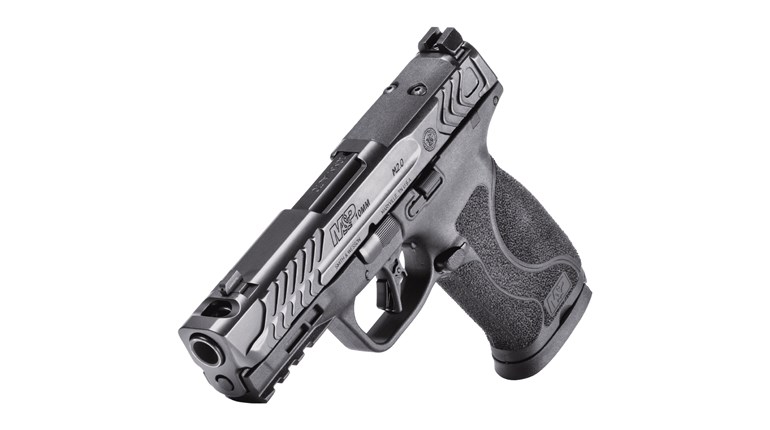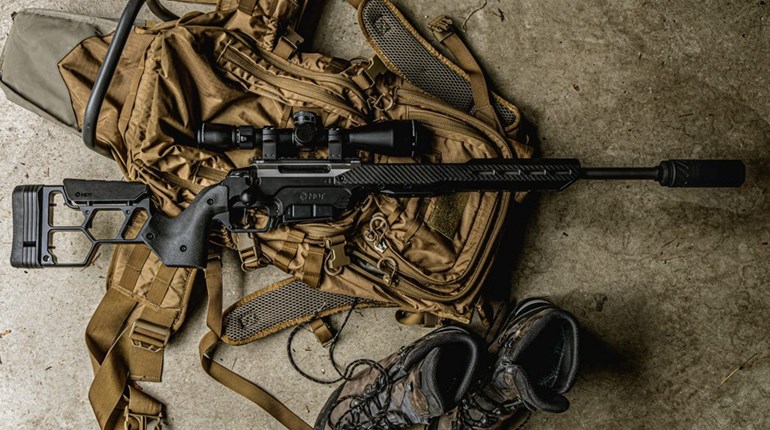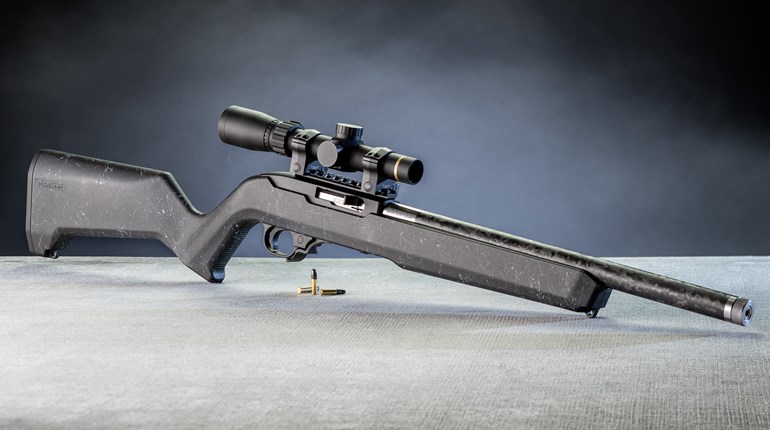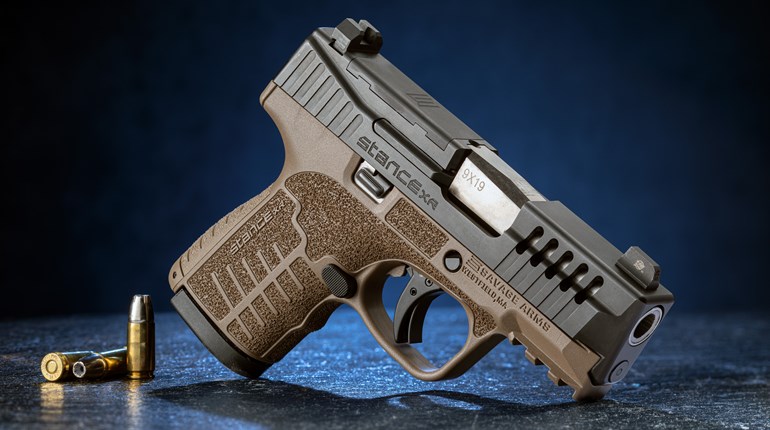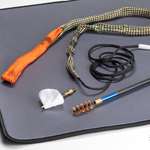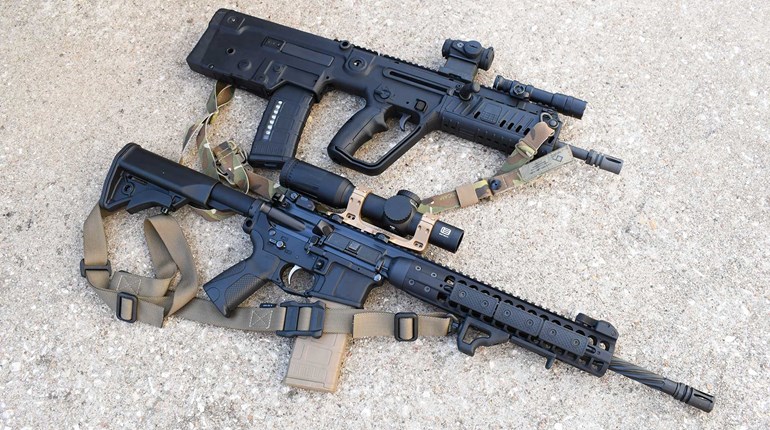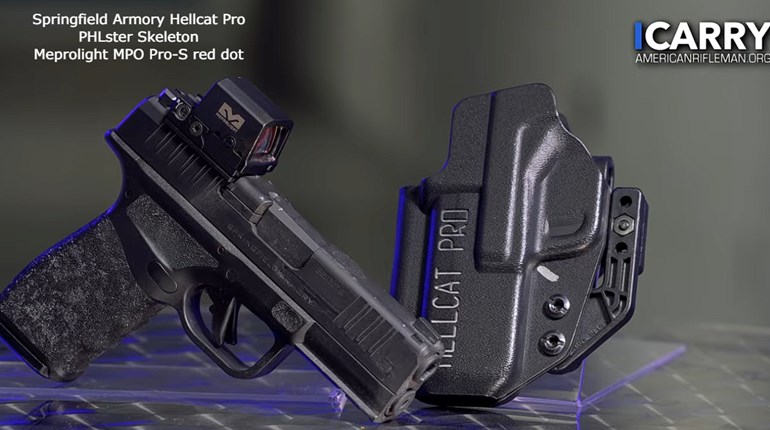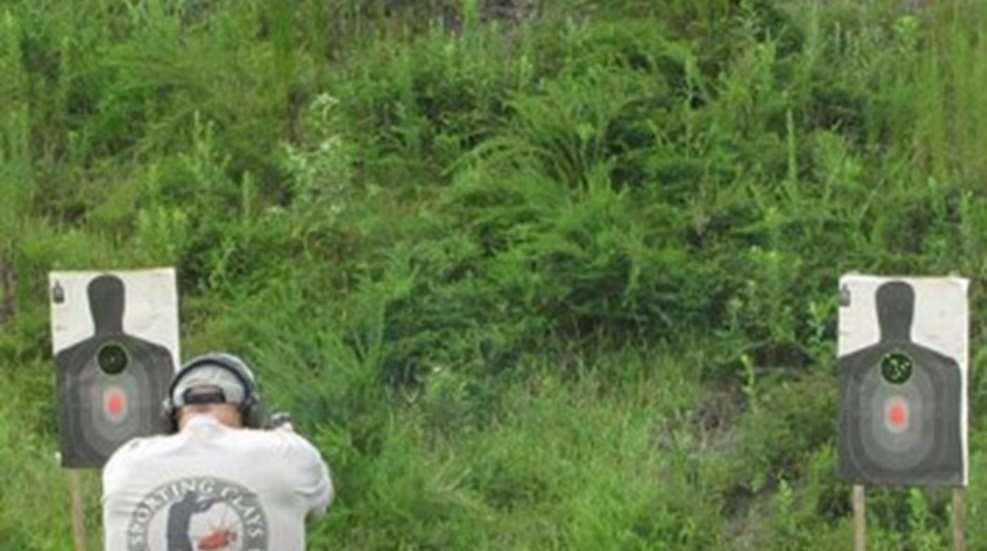
Too often, we spend the bulk of training time in pursuit of single-target perfection. While superb marksmanship is a worthwhile pursuit, broadening our game can help prepare us when more than one problem appears simultaneously. When dealing with multiple threat targets, things can end very poorly in a hurry if we haven't done our homework. Whether you're a competitive shooter, military combatant, LE professional, predator/varmint hunter or a home defender, learning to transition from one target to another quickly and accurately is a useful skill.
Several components make up successful multiple-target engagements. Before getting to the transition point, we have to decide which target needs attention first and how much time to spend there before moving on. These decisions normally depend on the situation at-hand so there's no hard-and-fast rule to follow. You must quickly determine the greatest of multiple threats and then engage and/or withdraw until the [total] threat has ended.
The Transition
While different multiple-target engagement techniques exist, some general rules apply. When the decision is made to move on, your eyes and/or head should be leading the way. You can't engage what you don't see and identify. Just as with any other hand-eye coordinated movement, where the eyes go, the body will follow. This means you have to locate the target, and then move your upper body to reorient the firearm. Use of both eyes or lifting slightly off the sights/optics to see laterally may be required, particularly for widely spread targets or when using magnified scopes. Once your eyes find the target, bring the sights (and gun) to it smoothly. Resist the temptation to continue viewing through the sights while moving laterally. This produces tunnel-vision and almost always results in overdriving the target or creeping up to it. Either condition wastes precious time as you struggle to get on target. To move a rifle/carbine/shotgun efficiently, use the leverage of your support arm to push/pull the gun to target. This should eventually become a fast, fluid and forceful movement. Your support hand—placed midway or further along the fore-end—has more control than your firing hand, so use it to do the driving. Practice this slowly and smoothly and speed will come later. Set up two targets a few feet apart if shooting up close, or several yards apart when farther away. Keep your feet planted and move your torso like a tank's turret until the sights catch up with your eyes. For more complexity, you can add targets or multiple distances. Don't let those additional targets-in-waiting psych you into blowing your early shot(s). Go only as fast as your ability allows and learn what sight pictures are acceptable enough to make those shots count.
With luck you'll never have to engage anything other than paper, cardboard or steel, but if you're ever faced with multiple, real threats, honing your skills now can help you survive and succeed when there's no time to spare.












